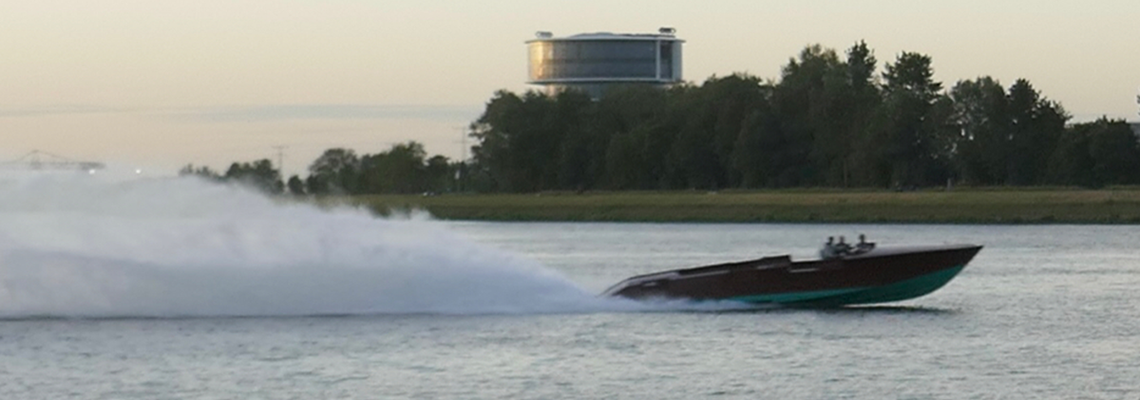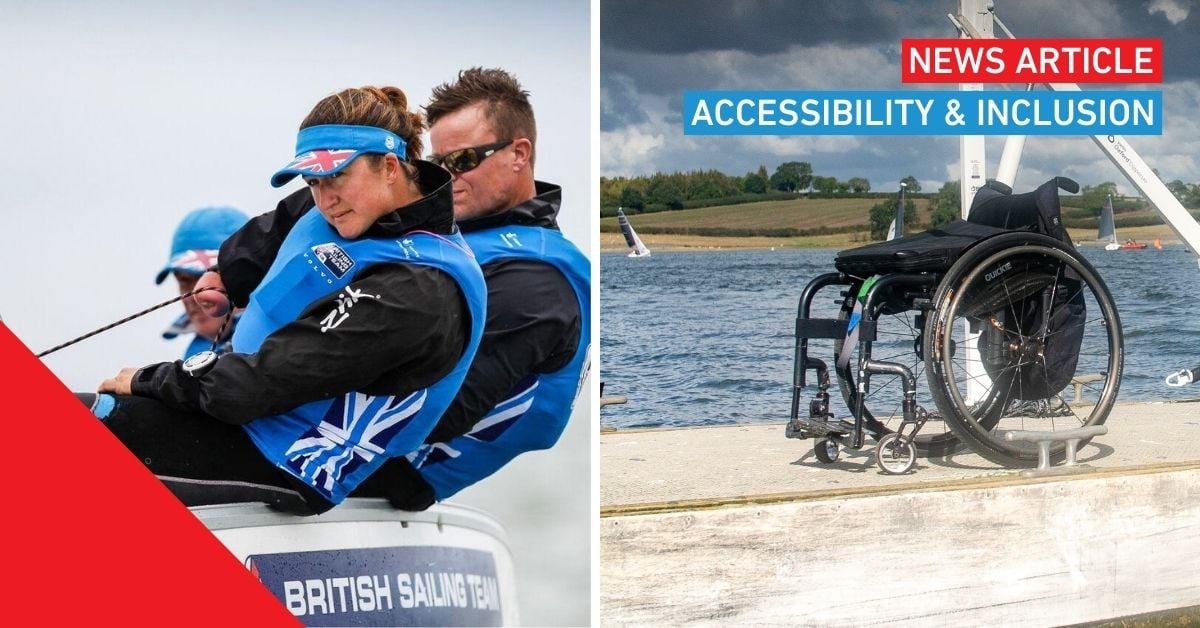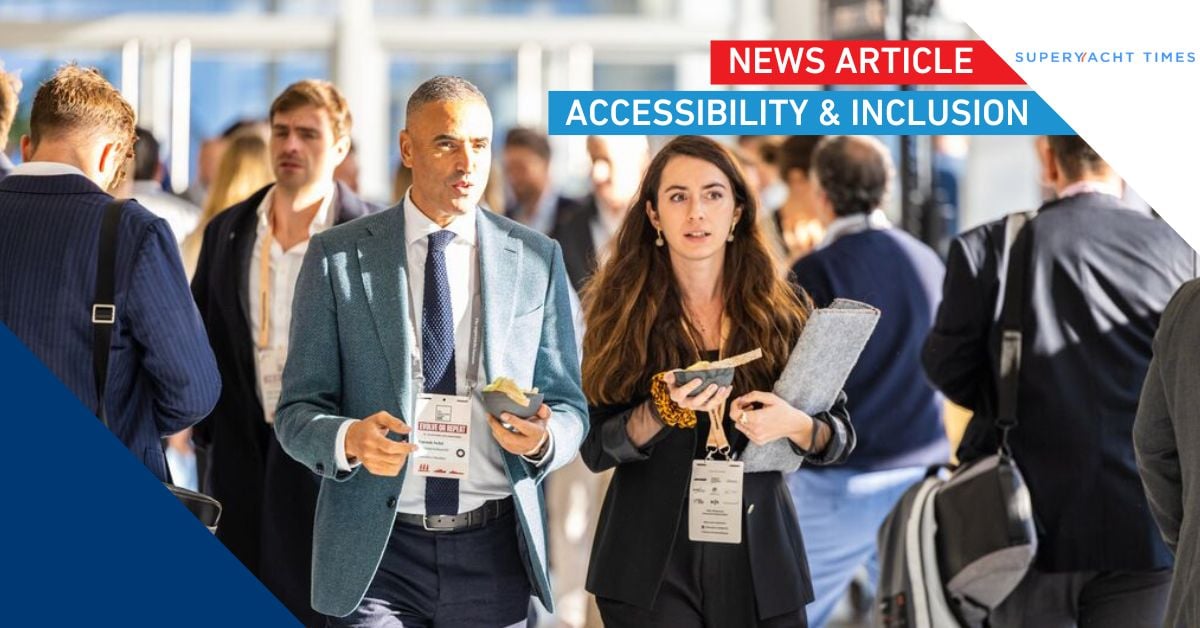Tunnel improves stepped hull stability and efficiency
Futuro is the name of a new hull design for an energy efficient high speed water taxi and a slow manoeuvring city tour boat in one. It’s three-stage stepped v-shaped hull has a submerged tunnel to even out the buoyancy differences between the deep and voluminous bow section and the flat and narrow stern section.
"I wanted the boat to be beautiful like the classic Riva Aquarama," says Elio Barone, a local watertaxi and city canal tour skipper from the city of Dordrecht, south of Rotterdam in the Netherlands. "So I looked at that magnificent shape when developing the new boat for my operations." Above the water, the Futuro has all the looks of the elegant Riva, at a much larger size. The Futuro measures 38 foot length over all. The foredeck is wide and curved, above a flared bow. The helmsman seat is on a raised platform to look over it. From behind the captain’s position, a large open cockpit stretches out over some ten meters, that provides quite spacious sitting and walking space for up to 30 guests. Due to regulations, Barone will not take more than twelve, however.
30 / 30
"I saw the watertaxi’s that sail at high speeds through the rivers in the Rotterdam harbor and rivers, that use waterjets for propulsion and consume about 75 liters per hour,” Barone begins to explain his motivation. “I figured that I can do better than that. So my goal was to create a boat that can take the same amount of passengers at 30 knots while consuming 30 liters per hour. The long project towards the creation of what became the Futuro started there."
Science
Barone met Gerben Spaans, a student that was interested in materializing his quest for a fast and stable boat that cruises at high speeds with low fuel consumption. Spaans wanted to write his thesis about the Futuro hull development. The advanced studies into the hull hydrodynamics required more supervision than his professors could provide, so professor Cornell Thill from the Delft Technical University (TU Delft) and Senior Project Manager Ships Enrico della Valentina from maritime institute MARIN joined the supervision team and helped Spaans in his project of calculating the hydrodynamic properties of the three-stepped hull with tunnel and making a calculated design for it, inspired by the sketches that Barone showed him. Results of the calculations at MARIN and TU Delft were that this hull form can cruise at high speed while demanding up to 25 per cent less power than conventional deep-V hull forms. Tests in the MARIN basin confirmed this.
Tunnel
While Futuro is packed with smart ideas, the real innovation is in the hull shape under water. The V-hull has three steps. The stepped hull form for fast planning boats has been a way to minimize drag for decades. At speed, the sections just behind the steps do not have contact with the water and therefore cause no drag. As the hull form that follows the Aquarama lines, is voluminous in the bow section, there is a lot of buoyancy there and the narrow rear section sinks further in the water with the steps taking some of the volume away. This is why Barone came up with the idea of building s tunnel in the hull bottom, that fills with water from the front. At high speeds, the Futuro is trimmed to maintain a horizontal position over the length of the boat using conventional trim flaps under the stern section, but also interceptors at the forward step in the hull bottom can improve lift. The Swedish company ZipWake generously supplied their interceptors, as they were intrigued by the idea of putting interceptors at the forward step under a stepped hull. Barone, however, is confident. He is backed by the scientific findings of a university and a maritime research institute.
Thrills
At the boathouse in Dordrecht, the Futuro is ready for a test sail. It is not yet finished, the recessing windshield is not installed yet and the lids on the fender casings alongside are still missing. The boat is matte brown, showing the epoxy finish that is to be covered with mahogany style wrapping to create the classic Riva look. As we navigate the Futuro across the Merwede river and take off in the direction of Rotterdam, the throttle is pushed forward. Initially, the twin Mercury 4.2 liter diesels are revved up to about 2000 rpm. Futuro glides smoothly over the water at 47 kilometers an hour (25 knots). Fuel consumption is about 27 liters per hour at this speed. When the throttle is pushed to its maximum some minutes later, the acceleration is unbelievable. Over the river De Noord, we go at 97 km/h (over 52 knots). The boat still behaves very gently. Bow waves from passing inland cargo ships smoothly roll under the hull, that does rock a bit but causes not extreme vertical accelerations. While the speed is quite impressive, the experience is hardly that of a boat doing over 50 knots. The test ride points towards success for Barone. His goal of creating a city tour boat and a water taxi that does 30 knots at 30 liters per hour, seems to be met.
Collaboration
As a local entrepreneur in passenger transport over water, Barone has engaged a lot of fellow businesses in his project. Holland Marine Parts supplied their advanced Jet Thruster. This side thruster system uses water pressure instead of a propeller in a tunnel to provide thrust sideways. The water uptake is conveiniently mounted in the tunnel along the hull bottom in the case of the Futuro. Monitrax donated a fuel filter and a water separator for the engine installation. Polyestershoppen delivered epoxy resin with a big discount. While Futuro is inspired by the mahogany Riva speedboats of the 1950’s, it is built in composite. As this is a prototype, a mold was btoo expensive to build. The construction is done with Strongplank over a wooden mock-up. The foam-and-glassfiber strips are first glued together and then already form a lightweight and strong construction. This is further enforced by hand lay-up or infusion of glass fiber mats and epoxy. A recessing roof with upwards opening wing doors is designed for Futuro and will be constructed as soon as Barone starts exploitation of the vessel.
Share your stories on leisure marine industry with us
Do you have an innovation, research results or an other interesting topic you would like to share with the leisure marine equipment industry? The METSTRADE website and social media channels are a great platform to showcase your stories! Let us know via metstrade@rai.nl
Are you a METSTRADE exhibitor?
Make sure you add your latest press releases to your Company Profile in the Exhibitor Portal for free exposure.





